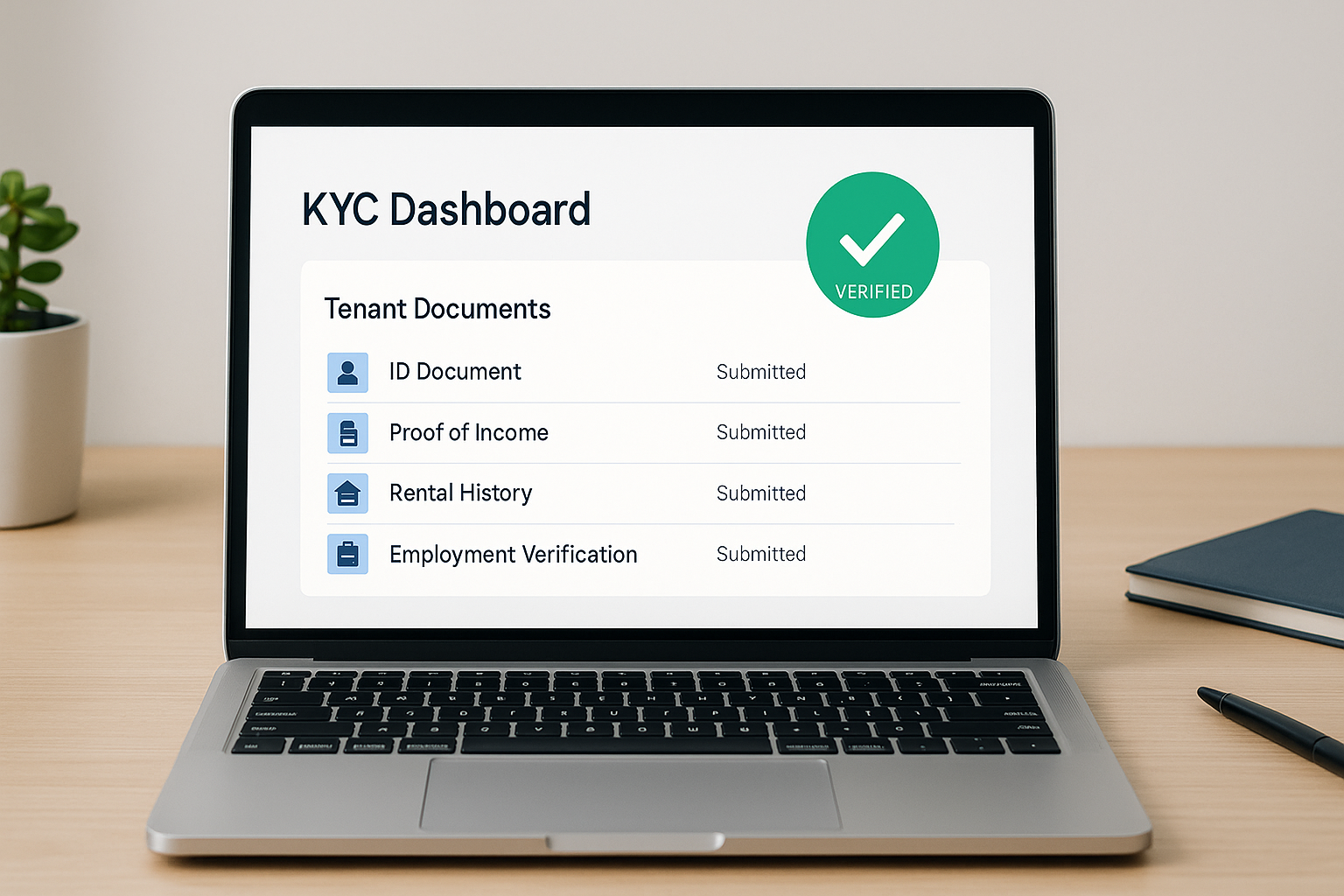
Generative AI for Adaptive Identity Verification

Financial organizations must comply with know your customer (KYC) and anti-money laundering (AML) regulations around the globe. However, not all risk assessments are the same!
To set a compromise between digital privacy regulation and the digital paper trail required for KYC, more and more firms are designing customizable risk management programs. A foreign diplomat doesn’t have the same level of risk as a local sporting goods store when opening a bank account, so KYC regulations need to be tailored to fit both high and low risk customers.
Generative AI can play a key role in some of these tailored risk environments. Adaptive identity or account verification can be adjusted in real time based on customer behaviour, risk, and context – which is why it’s so exciting for financial services organizations.
What’s New with Identity Verification?
Adaptive identity verification, aided by tools like generative AI, helps to adjust KYC protocols based on risk. For example, if a user exhibits unusual login behaviour, the system might automatically generate a challenge (like a verification test or a fingerprint authentication). This helps to avoid overwhelm for low risk customers, and helps businesses remain compliant for high risk ones. Perhaps this is why KYC spending is predicted to grow by over 140% over the next five years!
Identifying risk factors is important for each customer and each transaction. Depending on the context (online shopping, customer service, in-person appointment) there are new and different KYC risks. Step ups in risk authentication might be required when a customer visits a new interface (like a branch, terminal, mobile device or PC), uses a new payment system or product, or adds a new authentication mechanism. In some cases, high risk changes (like getting a new credit card or depositing $20,000) increase fraud risk, and authentication verification must be stricter – the bank or financial institution requires added confidence that you are who you say you are.
Companies like Plaid, Flinx, or other fintechs have all adopted adaptive identity verification as a way to remain KYC and AML compliant in a number of changing scenarios.
How Does Adaptive Identity Verification Work?
Adaptive identity verification works similar to multi-factor authentication or two-factor authentication. After a user logs in, the adaptive identity verification tool will select a user or risk profile depending on context – geo location, device proximity, etc. Authentication factors can be categorized into three areas: knowledge, location, and behaviour. Knowledge factors (like passwords and pins) should match location factors (geolocation), or behaviour (touch ID, sensors, retinal scan, device in use). High profile users might need to meet all criteria – like the foreign diplomat opening a large bank account. Typical users might simply choose more than one.
What makes generative AI so good for checking identity? Patterns. AI can learn what a ‘normal’ set of behaviours are for each user, and help the system flag any abnormalities. AI can also create a dynamic risk score that is trained for your specific industry, adding any extra verifiers accordingly. AI can also detect anomalies and flag inconsistent data across key documents, check for forgery, and adapt continuously – so new contexts, evolving threats, and user behaviours can be checked accordingly.
Just like multimodal biometrics, generative AI adds an extra layer of security that is sleek, easy to use, and compliant with your organization’s plan for KYC. Whether you’re looking at high risks users or local shopping spots, using generative AI for adaptive identity verification can be an interesting way for your organization to stay on top of compliance with KYC, AML, and other regulatory policy.
Unstructured data can easily be indexed, sorted, filtered, and analyzed by Discrepancy AI
Start for Free







.png)

.png)

.png)

.png)

.png)

.png)
.png)


.png)

.png)
.png)
.png)
.png)





